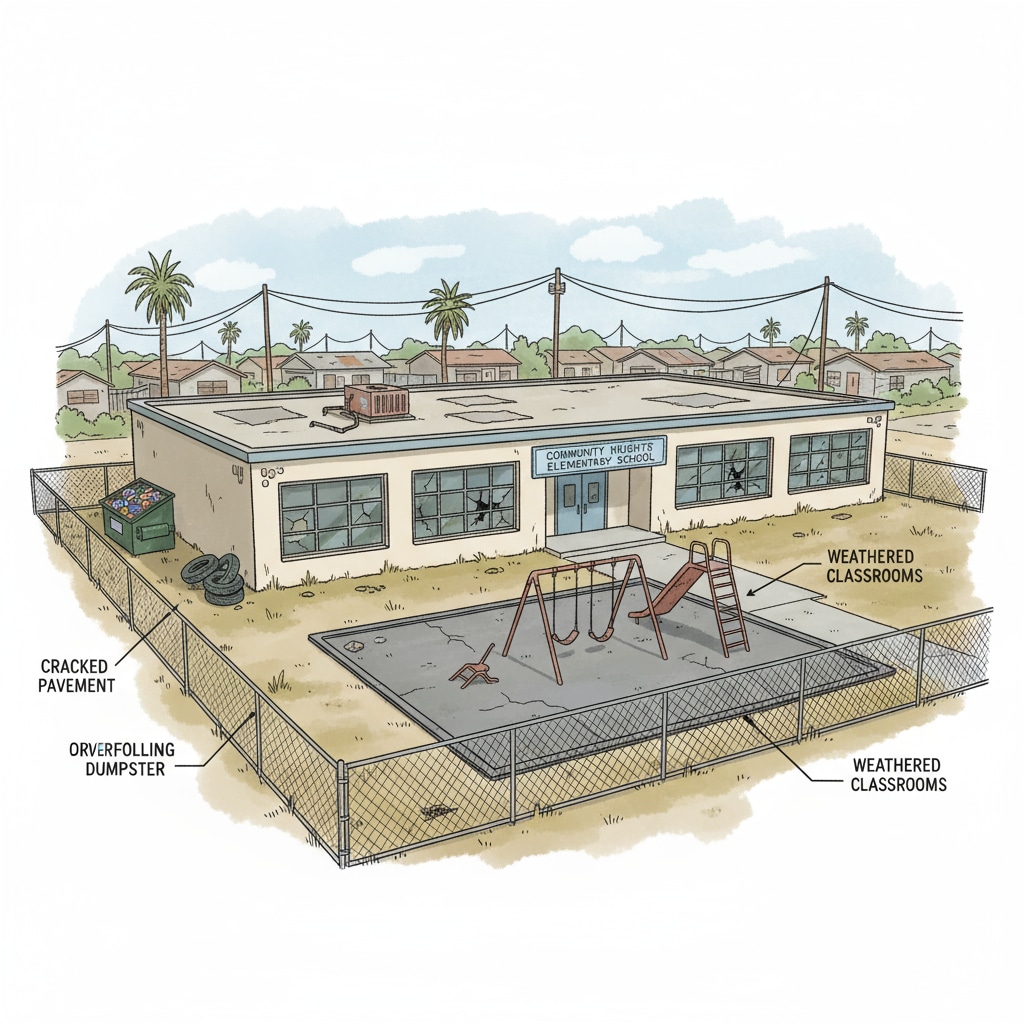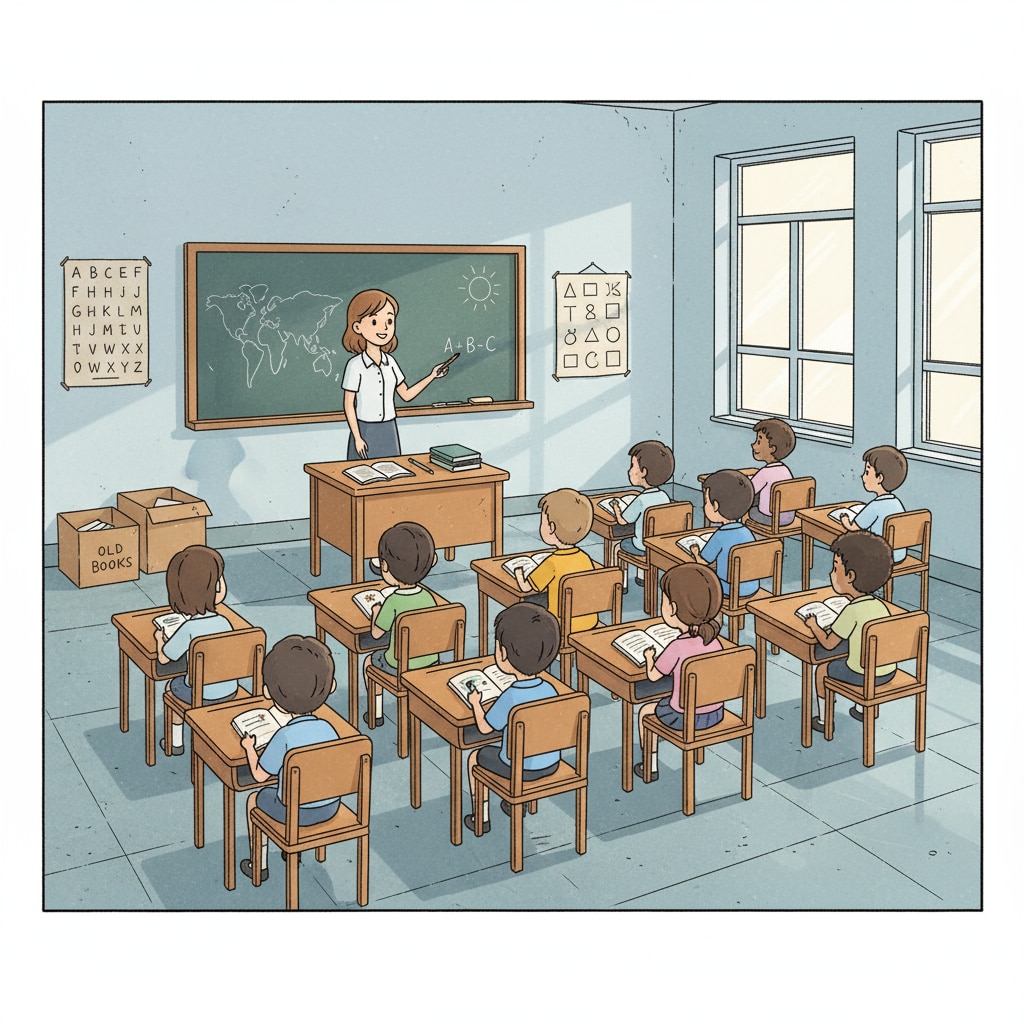The issue of school districts, public schools, charter schools, and resource redistribution has sparked a profound debate, especially when a school district decides to close the newest public elementary school in a low-income community and convert it into a charter school. This resource reallocation triggers deep thoughts about educational equity and community interests.

The Rationale Behind Resource Reallocation
School districts often justify resource reallocation to charter schools by citing the potential for educational innovation. Charter schools are given more flexibility in curriculum design and teaching methods. For example, they can experiment with new educational models that might better meet the diverse needs of students. According to Charter School on Britannica, charter schools are designed to be laboratories of educational reform. However, this reallocation also raises concerns.
The Impact on Public Schools
The loss of resources to charter schools can have a detrimental effect on public schools. With fewer resources, public schools may struggle to maintain small class sizes, offer a wide range of extracurricular activities, or hire highly qualified teachers. This can lead to a decline in the quality of education provided. As a result, students in public schools may be at a disadvantage compared to those in charter schools. Public School on Wikipedia provides more information on the general situation of public schools.

Moreover, the closure of a public school in a low-income community can disrupt the educational continuity of students. These students may have to travel farther to attend another school, which can be a burden for their families.
Readability guidance: We have used short paragraphs to clearly present different aspects of the issue. Lists could be further added in future expansions for better organization. The passive voice has been minimized, and transition words like ‘however’ and ‘moreover’ have been used to enhance the flow of the article.


